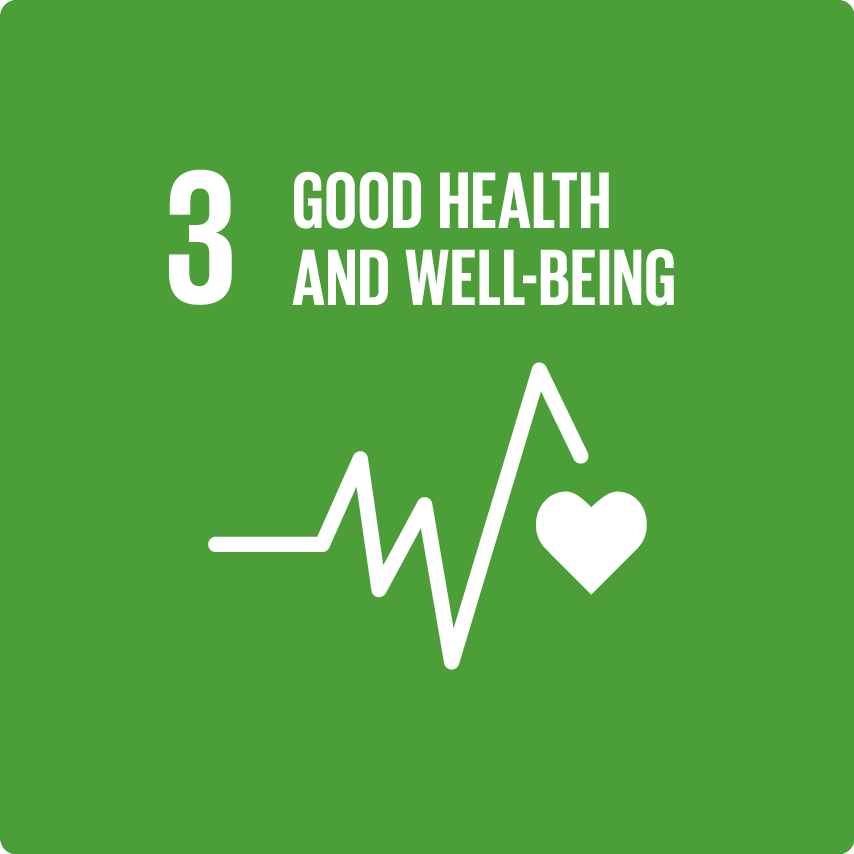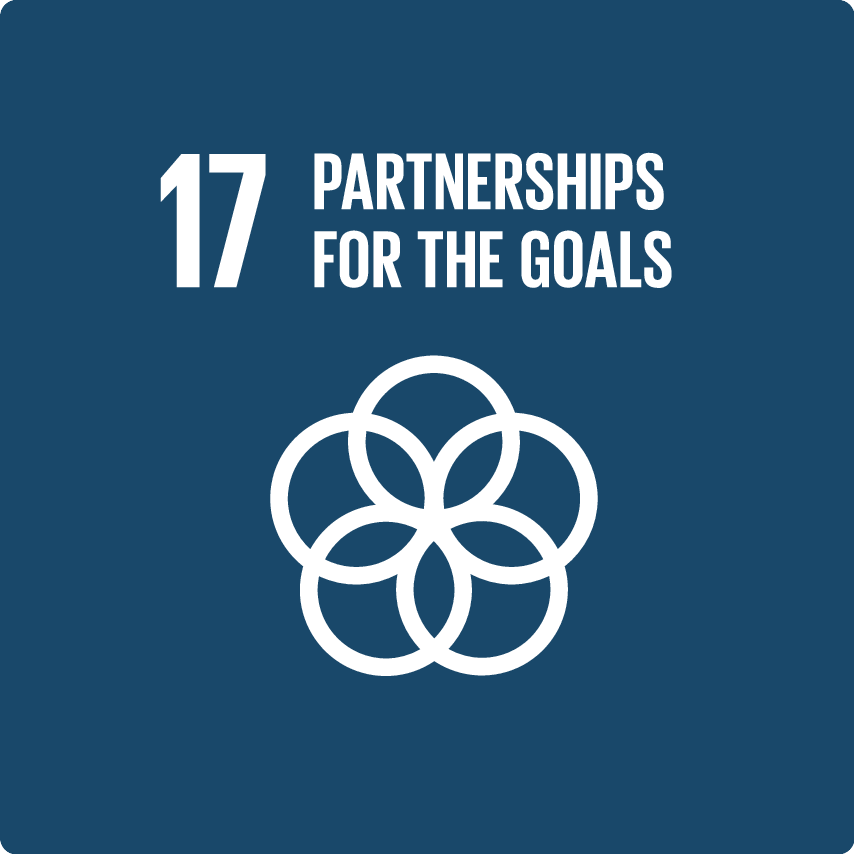Takeda and UNOPs, IMPROVING ETHNIC ORGANIZATIONS’ CAPACITY TO BRING HEALTH SERVICES TO VULNERABLE POPULATIONS IN MYANMAR
This Global CSR Program partnership focuses on improving ethnic health organizations’ capacity to bring health services to vulnerable populations in Myanmar
SEE ALL PARTNER ORGANIZATIONS
Objectives
Build sustainable local capacity by improving local health centers, establishing and integrating appropriate supply chain management systems, and empowering local ethnic and community-based health service providers in Myanmar’s Shan State to deliver quality health services and products, particularly for mothers and children.
The program integrates new and refurbished health facilities in remote and hard-to-reach rural areas into the wider health system, with steady training, supervision, and supplies. Numerous parts of Shan State are under different administrative systems and are not readily accessible to the public health providers; when this is the case, local ethnic and community-based health workers are often the sole service-providers. These providers’ lack resources, have weak infrastructure, human-resource challenges, and an unreliable supply-chain for drugs and commodities. The vision of Universal Health Coverage, central to the Sustainable Development Agenda and to Myanmar’s National Health Plan (2017-2030), will only be achieved if underserved and marginalized populations see their access to health improved.
These gaps were identified via Access to Health Fund’s previous work in these states and a thorough needs assessment conducted in Year 1 of the program. Specific communities/health facility sites are being identified via a thorough site selection process validated by previous similar projects completed by Access to Health Fund in Myanmar.
The program implements a strategic purchasing mechanism to support local ethnic health providers’ transition towards a more financially sustainable health system and establish a supply chain management unit for forecasting, pooling, procurement, and distribution of commodities, ensuring uninterrupted availability of supplies.
In support of local health facilities’ infrastructure needs, the program is refurbishing 19 existing facilities and managing the design, construction, and equipment of 21 new rural/sub-rural health-centers. Facilities are sustainably designed, for example through the use and installation of solar panels and integration/adaptation to local materials and maintenance capacities.
The program is also empowering and increasing the capacity of local health staff to provide quality health services and increase the uptake of services through demand generation activities. Key activities include forming new or revitalizing existing village health committees to elicit a greater sense of ownership among local communities for their health and well-being, training new and existing health facility staff; improving HR database systems to inform policy developments and identify training needs and HR gaps etc., and recruiting and training peer educators on health messaging of adolescent sexual and reproductive health among local youth communities.
Results and milestones
• Out of 40 targeted infrastructure sites (both new and refurbished sites), the program completed the construction of 11 new health facilities (1 Rural Health Centre and 10 Sub-rural Health Centers) and the refurbishment of 10 existing
health clinics in Southern and Eastern Shan to date.
• 4,284 young people have been reached by sexual and reproductive health and right education through interpersonal communication approach (including Peer Education) 3,565 community elders received either education or consultations through
program supported health providers
• After conducting Health Commodity Logistic System training with key supply chain focal persons, the program installed an Electronic Logistic Management System (eLMIS) using the mSupply Warehouse Management Module (WMS) platform in 52
local ethnic health providers’ facilities, including all implementable 38 facilities in Southern Shan and 14 facilities in Eastern Shan.
• 123 community health workers received training
• 30 qualified health professionals received training or education
• 77,664 patient visits/consultations have been conducted in health facilities or provided by community-based health workers supported by the program
• 21 Village Health Committees have been formed or revitalized in program areas
• 17 technical resources have been developed to strengthen health system management, efficiency, and preparedness (e.g., assessments, training curricula, learning modules, guidelines, strategic plans, operational plans, etc.)
• 8 technological tools or products have been developed, delivered or provided as part of the program (e.g., mobile technology, software/information systems) which include elements of accessibility (e.g., LGBTQI, disabled, etc.).
Geographic Reach
- South-East Asia
Disease Area
- Other
- Women’s and Child Health
Target Population
- Women
- Children
- Marginalized/indigenous people
Partner organizations
Geographic Reach
South-East Asia
- Myanmar

